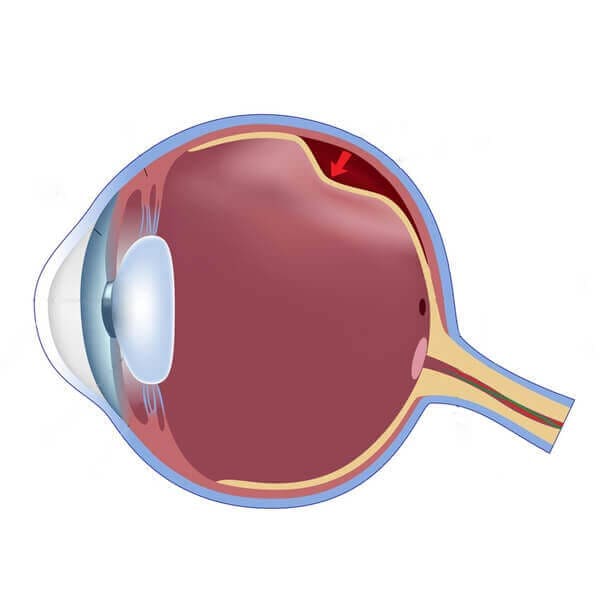


Retinal detachment is an emergency situation in which a thin layer of tissue at the back of the eye pulls away from its normal position. Retinal detachment separates the retinal cells from the layer of blood vessels that provides oxygen and nourishment. A break may be initially localized but without rapid treatment, the entire retina may detach, leading to vision loss and blindness.
If you use glasses or contact lenses to improve your sight, consider LASIK vision correction for the benefits.
There are several methods of treating a detached retina:
Vission Tip: Incase you have any floaters or flashes, please visit your doctor on a regular basis.
